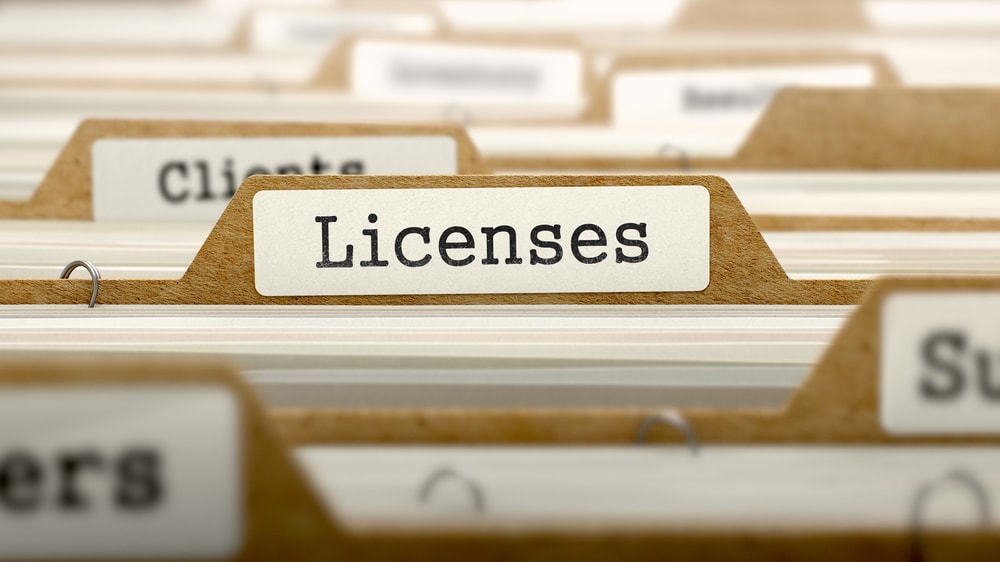You have just completed the license approvals, and now your company is an official licensed entity in the U.S. You have now entered the world of license maintenance and regulatory compliance, and regulatory reporting has just begun. Managing licenses is no small task and involves regular reporting to state agencies.
The Nationwide Multistate Licensing System & Registry (“NMLS”) plays a very important role for states that have transitioned to the system, streamlining the application process as well as annual renewals and authorized agent/delegate reporting. NMLS’ functionality allows licensees to make a single upload during the renewal process that will be available to all the states that have transitioned to the registry, although states still have their own checklists and many will require additional documents to be submitted by mail. For the states that allow licensees to report the agent/delegate locations through NMLS, the number of reports has been reduced. For states that have not transitioned to NMLS, filings will be handled directly with the state agency and forms will be provided by the states to the licensees.
Certain systems must be in place to ensure organizations remain current with changing regulations according to industry. Once companies have been approved and issued licenses, they must be aware of all the reporting requirements and the reporting schedules for each state to ensure timely filings and avoid penalties. There are many moving parts involved in managing your licenses: calendaring and tracking all filing deadlines, ensuring proper surety bonds are in place and reporting transactional data and material as needed. The following is a list of some of the critical pieces and guidelines that make up the portions of license maintenance required for reporting to each state. It is important to note that each state will have specific reporting requirements.
Systems: Internal systems should be set up as you are working through pre-filing meetings and license approvals. Work with each state regulator while in the process of applying for licenses to determine how your entity will report transactional activity on a per-state basis, including sales per state, reporting on agent locations and how your entity gathers this data.
Reputation and Relationships: Creating a good relationship with your regulator goes a long way. It is important to establish a good image and be reliable.
Filing Schedule: Setting up a filing schedule that will include monthly, quarterly, annual and semiannual filings will ensure that filings will be submitted by the deadlines. Many states will update their licensees on a regular basis; however, it is always prudent to be proactive in checking each state’s website for any regulatory alerts or bulletins that are posted during the year. Additionally, it is important to reach out to each state to determine the proper forms for surety bonds and quarterly and annual renewals that need to be filed to ensure that you are recording the data and submitting a complete filing. Most states will send emails with the updated quarterly reports to be completed and many states have the forms available on their websites.
State Examinations: This is part of the general license maintenance. By statute, the states have the authority to exam the licensed entity. The state will provide notification in advance when an examination will be conducted. Proper recordkeeping of all your filings will ensure that you are ready for any state examination that is coming your way. For further information on State Examinations, please see the article in the November 2015 Compass publication.
Tracking Legislation: Staying current with pending and passed legislation is critical. Having a good system in place that will assist you in tracking legislation that has recently passed will ensure that you are aware and complying with states’ requirements. Passed legislation can be anything from how to report your company’s outstanding liability to calculating the surety bond. Of course, tracking pending legislation is important because it opens the door to what states are working on and helps the company prepare for changes in the future.
Material Changes: This is an important piece to annual renewals and the general management of your license. Changes occur throughout the year in any organization. Many of the states have specific timing notifications as to when material changes must be reported and what constitutes a material change. Check your state statute and administrative code to better understand what changes are required to be reported in each state you are licensed, what the deadlines are and how you need to report. In addition, be aware of any Advanced Change Notice requirements, which can be found on NMLS.
Surety Bonds: Do you have the proper surety bond amount in place? Depending on the state, the surety bond can be based on the volume of business you report for that state or the number of agent locations you may have. This is when properly reporting your transactional activity and your agents to the state is critical. It all ties together, and you want to make sure that you have the proper amounts in place and increase the surety amount as needed.
Financials: This is always part of the management of your licenses, whether you are filing monthly, quarterly, annual or semiannual reports to the state. States want to see audited and unaudited statements, as well as a company’s permissible investments and possibly the average daily transmission liability (ADTL). Again, understand carefully the statutes for each state where you hold a license so that you ensure proper information is being reported.
Delegate/Agent Reporting: If your company has authorized delegates, also known as authorized agents, you must, if the state requires, file a uniform report of your authorized agents/delegates locations. The NMLS Uniform Authorized Agent/Delegate Reporting (“UAAR”) process allows licensees to file a single, uniform report of their authorized agents/delegates locations by uploading the information directly to the system. The UAAR is being used by selected states and is only for money transmitters and money services businesses that are directed by their regulator to use this report. For states that have not transitioned to NMLS, check the requirements for reporting this information outside of NMLS. Most of the agent reports are due between 30 and 45 days after the calendar quarter end; however, there are states with more stringent requirements. If you need more information on what states require the reporting and how to report this information, visit the UAAR page on NMLS.
As you can see, there is a lot that goes into managing your licenses in the U.S. With the right information at your disposal and proper tools in place, however, you can ensure completed reports are submitted and your company can avoid fines.



 Jennifer Naudin, J.D. is a Senior Compliance Analyst with Chartwell Compliance, where she focuses on state money transmitter licensing. She is a former Compliance Analyst for ADP, Inc. and has nine years of experience in compliance, lending and money transmission licensing. For more information please visit
Jennifer Naudin, J.D. is a Senior Compliance Analyst with Chartwell Compliance, where she focuses on state money transmitter licensing. She is a former Compliance Analyst for ADP, Inc. and has nine years of experience in compliance, lending and money transmission licensing. For more information please visit 







